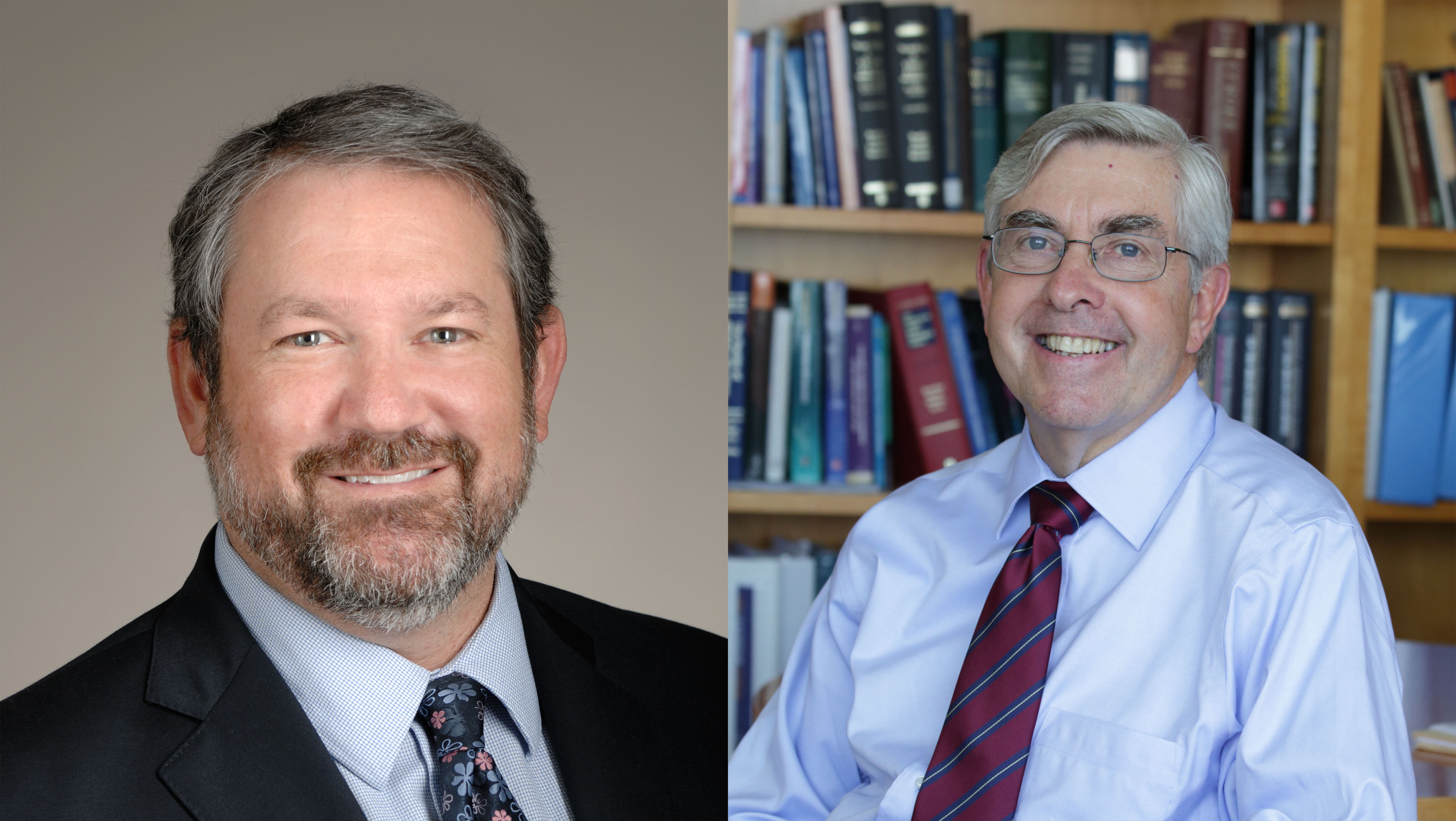
Message From the President: Science Is Driven by Curiosity

Exploring questions in our pursuit of knowledge drives our work as basic scientists seeking meaningful breakthroughs for complex human health challenges. It is why we come together each year at SfN’s annual meeting to share insights and ideas. And it is the cornerstone of what leads scientists and clinicians from around the world to come to Neuroscience 2018 to connect with one another and to strengthen their research, the field, and the global neuroscience community.
Scientists can have a direct and immediate impact on society in many ways — for example, through volunteering at schools, advocating for public policies favorable to science, or mentoring postdoctoral students as principal investigators. But, we all know that basic scientific research is a long-term investment. It provides us with the foundational knowledge that, over time, can reveal new insight and eventually lead us to make clinical and technological advances that change lives.
Applying knowledge in innovative ways is essential to discovery and progress. This starts with curiosity. Our desire to solve mysteries ultimately helps us to build that knowledge, making it available for novel interpretations and applications.
Sharing Knowledge
The scientific program for Neuroscience 2018 truly showcases the breadth of the field, representing leading scientists from countries and institutions from around the world and celebrating scientific diversity. Sessions feature extensive programming in the field’s many disciplines, providing researchers the ability to both focus on their specialty and gain a broad understanding of the field. Scientists will be able to explore a wide range of topics including synaptic communication, learning and memory, the neurobiology of social behavior, molecular therapies, genetic variation, neural imaging, data science, and more. Many of these areas of research seek to describe mechanisms and construct models to develop targeted therapies for neurological and psychiatric diseases.
Speakers for this year’s meeting hail from public medical research institutions, private research universities, nonprofit research organizations, hospitals, and international laboratories in countries including China, France, Italy, Portugal, and the United Kingdom, to name only a few, reinforcing the Society’s commitment to diversity and breath in the field. Attendees have traveled to past years’ meetings from more than 80 countries, showing the value of attending the annual meeting and continuing to make it an incomparable venue for scientific exchange.
At this year’s annual meeting, SfN will host its first Dual Perspectives Session, in which Jessica A. Cardin and Vikaas S. Sohal will deliver viewpoints outlined in their papers in JNeurosci on the role of gamma oscillations in the brain — whether they in fact contribute to function of cortical circuits, supporting experimental work that has indicated a role for gamma activity in conscious perception, or rather offer further insight into synaptic interactions among cells. Inviting leading neuroscientists to discuss this topic of debate across the neuroscience community encourages attendees at the session and, by extension, those with whom they interact to consider and have conversations about an important topic of research, greater understanding of which could lead to important breakthroughs.
For the second year, the meeting will also feature a storytelling minisymposium, designed to show scientists how to share their work with the public. Panelists will give instructional talks on how and why to tell stories and will share personal stories as examples that attendees can use to strengthen their own science communication skills and engage the ideas of people worldwide, thereby accelerating progress for science.
Collaboration Accelerates Progress
By providing such a wealth of opportunities for learning from and networking with scientists of all backgrounds and career stages, the annual meeting promotes the formation of global connections among attendees that can lead to serendipitous collaborations. SfN’s annual meeting presents an incredible networking opportunity, offering early career and established neuroscientists alike a chance to connect, provide novel perspectives on shared interests and pursuits, and assess how they might work together to achieve common goals.
Across the globe, many large research projects are taking place, collaborations of more than 100 scientists from all countries that demonstrate an immense amount of coordination and combine individual scientists’ skills to investigate these shared questions through collaborative approaches. The discoveries in basic science coming out of these collaborations set the groundwork for future applications, providing an opportunity for all scientists to draw connections among findings, observations, and data and to compare new research with what is already known.
As scientists, we are naturally curious. Make the most of that curiosity at Neuroscience 2018 by recognizing the value of your ideas as well as those of others and striking up a conversation with whomever you can, this might be the person sitting next to you in a lecture hall or a poster presenter whose research you want to know more about. Learning about others’ research, approaches, and techniques can create that spark that you can take back to your own lab or use as the basis of new collaborations with the connections you make at the meeting.
Scientific Discovery Starts at Neuroscience 2018
Neuroscience is a relatively new field, and the amount that we don’t know about the brain far outweighs what we do. We could discover what causes us to feel pain or emotions, learn how our brains learn and change throughout our lives, or understand what underlies central nervous system disorders, and the research that leads us there could start with the inspiration you take from this year’s meeting.


















